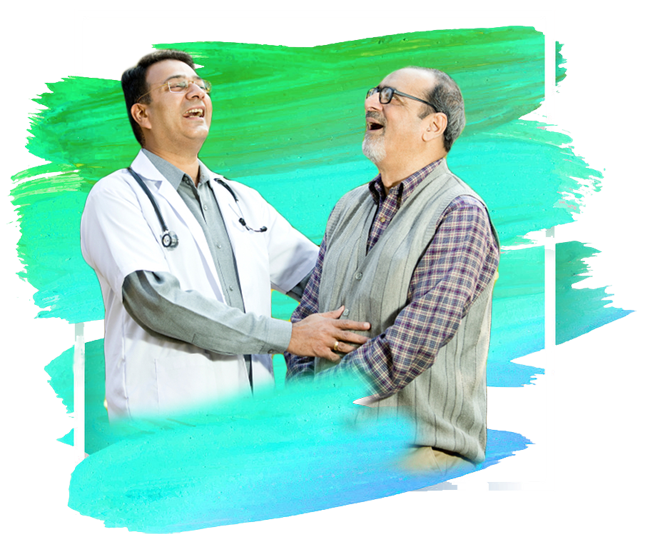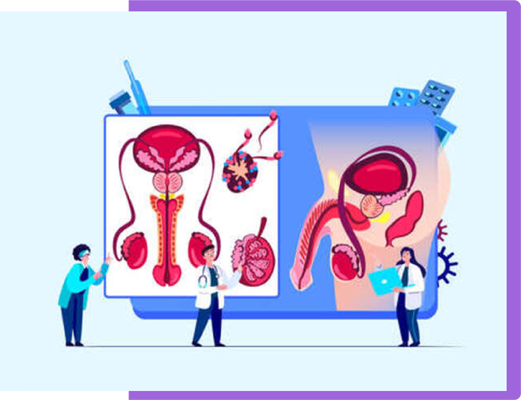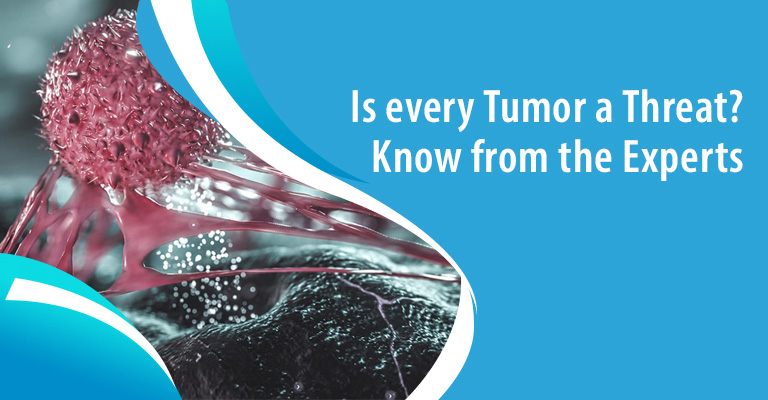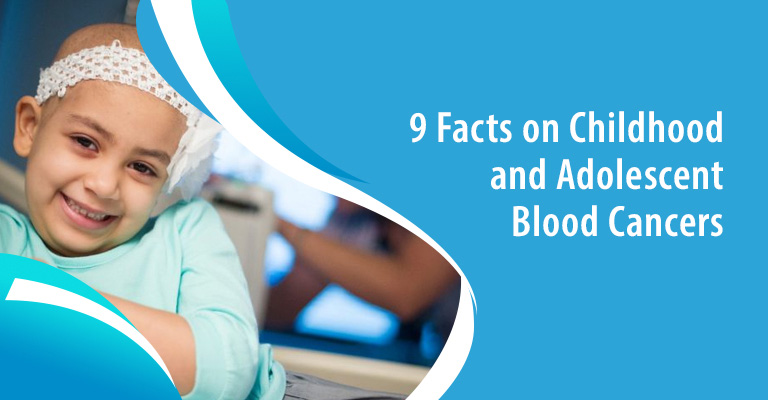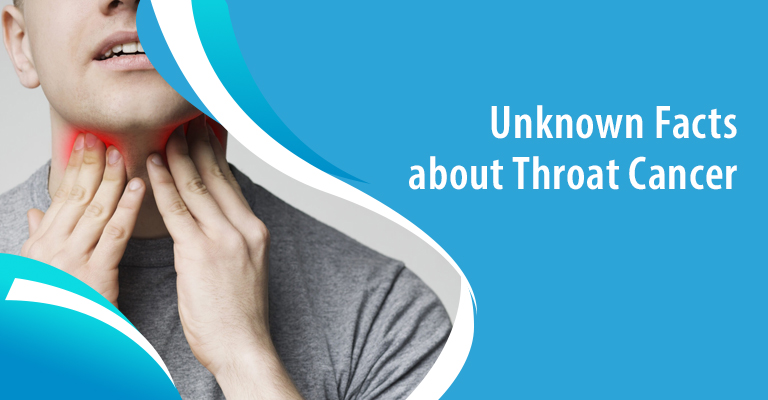Self-examination of the testicles is one method of early detection of testicular cancer. All males are advised to inspect their testicles on a regular basis after puberty. Self-examinations aren’t always accurate for everyone, but they can help people who have testicular cancer risk factors. It is, however, always a good idea to have your testicles tested by a doctor every now and then. When the skin on the scrotum is loosened, such as during or after a shower, the testicles should be inspected.
The steps to self-examine your testicles are as follows:
- Each testicle must be inspected independently while the penis is held out.
- Between your fingers, softly roll your testicles.
- Examine the testicles for lumps or nodules, as well as any changes in shape, size, or consistency.
- If you see anything unusual, see a doctor right once.
Men who self-examine their testicles should be aware of the following information:
- It’s common for the testicles to be slightly different sizes.
- It is also common for one testicle to hang longer than the other.
Apart from that, once you visit a doctor with your concern, he will perform the following tests on you:
Physical Examination: If the patient exhibits symptoms of testicular cancer, the doctor may perform a physical examination of the testicles, which includes examining the testicles for swelling, soreness, or hardening.
Scrotal Ultrasound: Scrotal ultrasonography is a painless method that produces pictures of the testicles using high frequency sound waves. These photos of the inside of the testicles aid in establishing whether the abnormalities in the testicles are malignant (cancerous) or benign (non-cancerous), as well as their location and size. Solid lumps suggest testicular cancer, whereas fluid-filled lumps are non-cancerous.
Imaging Tests: These tests provide images of the inside of a person’s body using x-rays, sound waves, magnetic tests, or radioactive substances. The results will help determine the cause and progression of your cancer.
Other Types of Tumor Marker Test: There are certain specific tests that your doctor will ask you to get done to aptly diagnose your illness.

